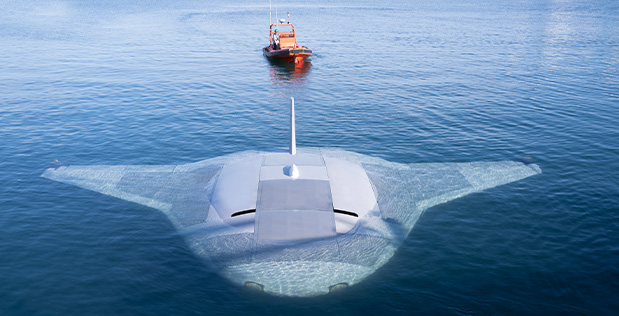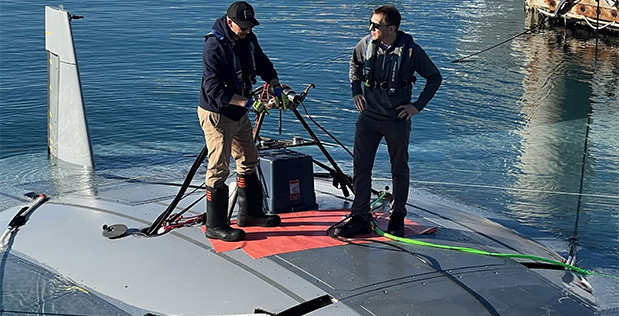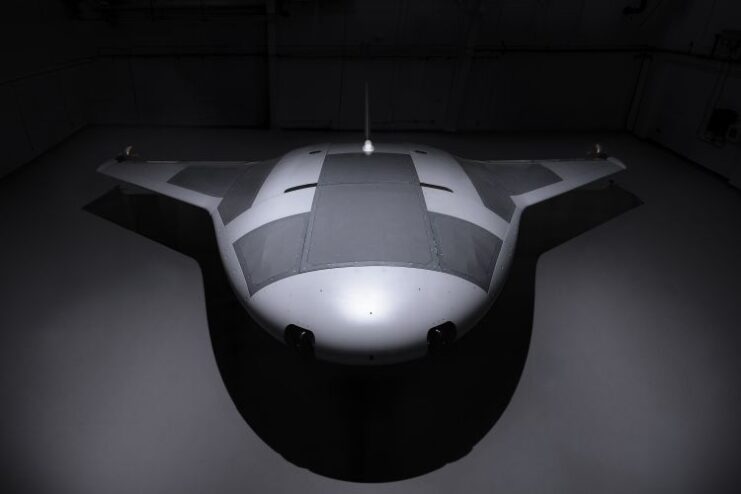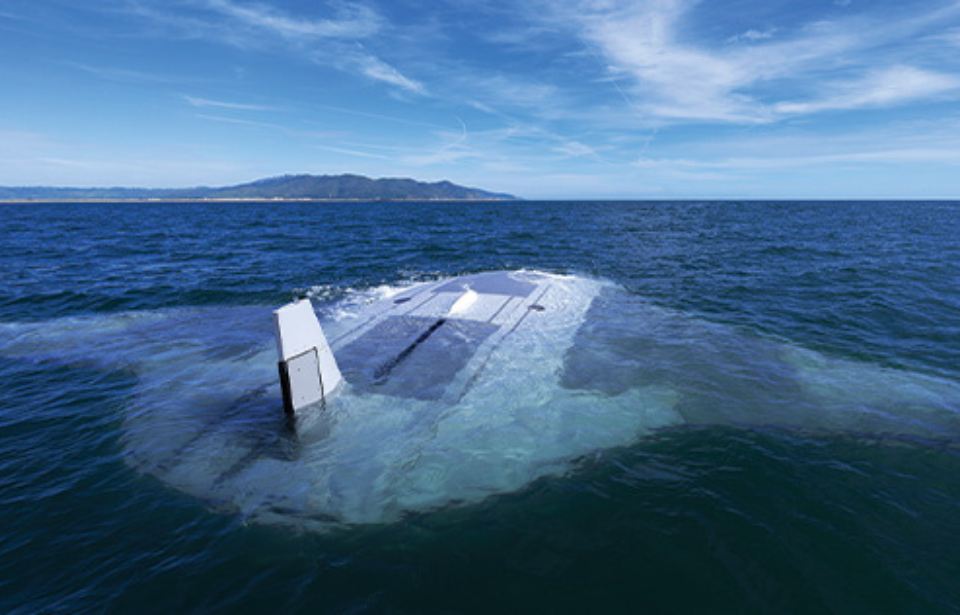The Defense Advanced Research Projects Agency (DARPA) has released the first images of the Northrop Grumman-developed Manta Ray drone, an uncrewed underwater vehicle (UUV) currently in the prototype phase. The photos came from testing that was conducted off the coast of southern California in February and March 2024.

The testing that took place looked to examine the Manta Ray’s hydronamic performance – in particular, the facets that involve the drone’s various modes of propulsion. To ship the vehicle from Maryland to California, Northrop Gumman had to ship it in pieces, which meant it had to be reassembled upon arriving on the West Coast.
According to Dr. Kyle Woerner, the program manager for the Manta Ray project, the ease with which the Manta Ray drone can be disassembled, shipped and reassembled highlights just how valuable it will be to the US Navy.
As he explains in a press release, “Shipping the vehicle directly to its intended area of operation conserves energy that the vehicle would otherwise expend during transit. Once deployed, the vehicle uses efficient, buoyancy-driven gliding to move through the water. The craft is designed with several payload bays of multiple sizes and types to enable a wide variety of naval mission sets.”

Named for the amphibious creature, the Manta Ray is the first of a “new class of long-duration, long-range, payload-capable” underwater, unmanned vehicles that can be deployed in maritime environments where human beings can’t.
Work has been going on for approximately five years. Northrop Grumman explains the vehicle not only has state-of-the-art energy-saving capabilities, but is also equipped with advanced command, control and communications (C3) capabilities.
“Our successful, full-scale Manta Ray testing validates the vehicle’s readiness to advance toward real-world operations after being rapidly assembled in the field from modular subsections,” Woerner details. “The combination of cross-country transportation, in-field assembly, and subsequent deployment demonstrates a first-of-kind capability for an extra-large UUV.”

More from us: Kremlin Puts Captured American Tanks and Other Western Military Equipment on Display
According to DARPA, a second company involved in the project, PacMar Technologies, is continuing to test the drone’s full-scale energy harvesting system.
